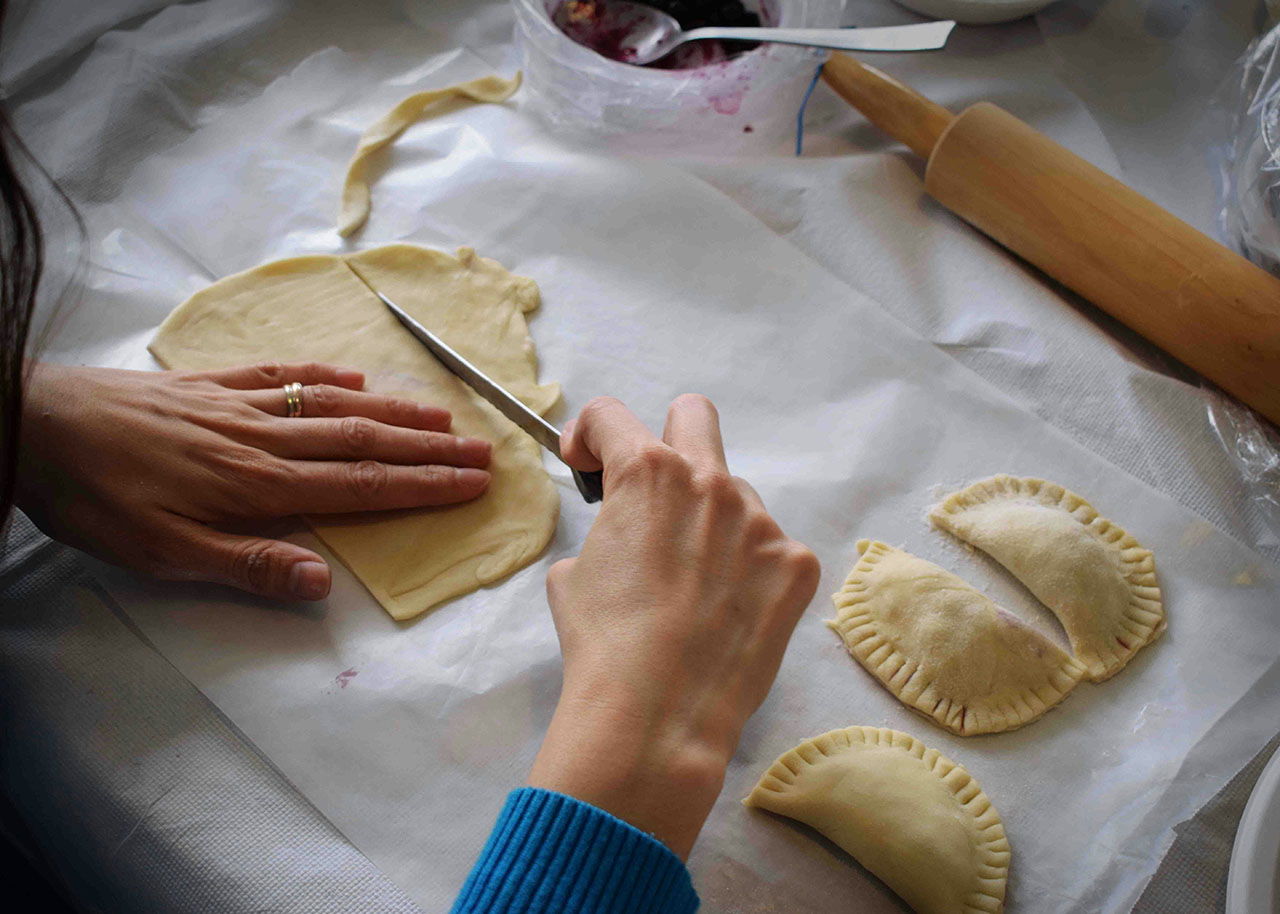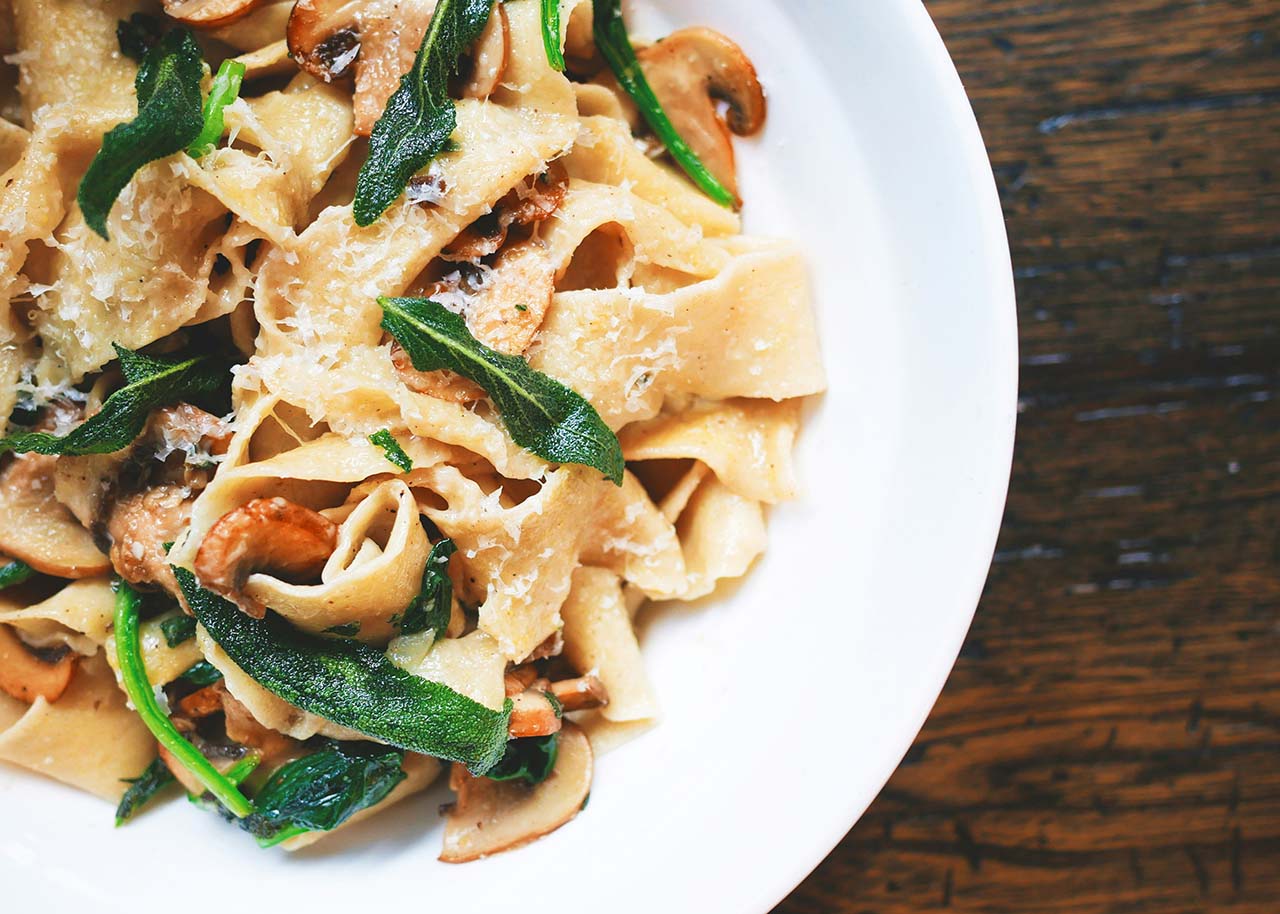(collaborative post)
The key to a healthier relationship with food may lie not on your plate or even your stomach but in your mind. Mindful eating deepens your appreciation of each meal and may help you drop a few unwanted pounds, too. How can you get started?
Cultivating mindful eating is less about counting calories or carbs and more about tuning into your personal experience as you dine. It’s a gentle, self-compassionate way to learn more about yourself and unveil your underlying attitudes toward food. It lets you relish each meal without guilt and cultivates a deeper appreciation of life’s simple joys.
What is mindfulness?
Mindfulness entails a deep awareness of the present moment. It’s the opposite of dissociation and a dagger to the heart of anxiety and depression, shifting your focus from future fears or ruminations about what might have been to appreciating the here and now. It entails examining what is around and inside of you — seeing the present clearly while observing your thoughts, feelings and reactions to it with gentle curiosity instead of judgment.
What is mindful eating?
You bring much more than your appetite to the table. You might arrive at dinner with your head spinning over an issue at work or an interpersonal conflict. Think back to the last time you experienced this. You probably don’t remember much about your meal. Mindless eating occurs when your brain is anywhere but on your food — for example, you find yourself scraping the crumbs from the bottom of your chip bag before you know it when snacking at your desk.
Conversely, mindful eating keeps your focus on the dining experience from start to finish. It begins by mindfully selecting ingredients that nourish your health while delighting your taste buds. It considers factors like a given food’s carbon footprint and how it influences existing health conditions. When you finally sit down to indulge, you savour the experience, chewing slowly, appreciating each bite and putting down your fork occasionally to enjoy the ambience.

The 7 steps of a mindful meal
To begin mindful eating, incorporate the following seven steps into your next meal.
1. Food selection
Your mindfulness journey begins with deciding what’s on your plate. For example, you might select salmon as a protein for its rich omega-3 supply and relatively low carbon footprint compared to beef or pork. Your starch may be a sweet potato for beta carotene or some quinoa for gluten-free fibre and protein, with broccoli and a salad for a healthy dose of leafy greens.
Questions to ask yourself to become more mindful during this step include:
- How does this food affect my health?
- What is the environmental impact of my meal?
- How do I feel about each ingredient? Excited or meh? Is there an equivalent substitute I might enjoy more?
2. Setting the stage
Any restaurateur can tell you that atmosphere plays a huge role in where customers prefer to dine. Show yourself the same level of self-care. Taking the time to set the table and perhaps light some candles transforms an average weekday dinner into a celebration. Even if you plan on plopping down on the couch with some popcorn, putting it in a pretty bowl affects your mood and even your perception of its flavour.
3. Preparing your meal
Employing mindfulness as you prepare your meal can elevate your dishes. Would that stew taste better with another sprinkle of sage? Ask yourself the following questions as you cook:
- How do the various flavours work together?
- How does each ingredient affect the other? For example, does salt make your chickpea noodles get tough? Ease up on the shaker.
4. The gathering
If you’re dining with others, take the time for social pleasantries when you sit down at the table. Give everyone a chance to share about their day and genuinely listen. It’s best to do this step before putting the food on the table — there’s less distraction.
5. The anticipation
If dining alone, plate your meal as if you were serving it at a 4-star restaurant. Do the same — within reason — even if enjoying a family-style buffet. Take a moment to anticipate digging in before you do, and pause for a moment of gratitude. Giving thanks for your bounty is universal, regardless of whether you embrace a spiritual tradition.
6. Savouring each bite
Enjoy every bite of your meal, from the first to the last. It’s natural to scarf down your food if you feel famished — be intentional in your efforts to slow down. Chew your food thoroughly and, at times, simply kick back and tune into the sensations on your tongue and how your stomach grows sated. Feel proud of the nourishing meal you created for yourself and those you love.
7. Mindful cleanup
Extend your mindfulness journey into the cleanup step. For example, don’t throw those fruit and vegetable peels in the trash. When organic waste decays in landfills, the anaerobic conditions contribute to methane release, a greenhouse gas. Instead, add them to your compost bin or throw particularly fragrant ones, like citrus, down the garbage disposal with some ice to disinfect and freshen the drain.

A mindful eating exercise to help you slow down
The above steps work well when you have the time for a full meal. However, you can also deepen your mindfulness practice each time you have a snack.
Try the mindful chocolate-eating exercise. To begin, select the candy you want and observe it. What does the wrapping tell you? How does your body react as you anticipate your treat? Do you begin to drool a bit? Does your stomach rumble?
Take only a nibble at first, letting it dissolve on your tongue, tuning into each sensation. Did you know that chocolate contains over 300 flavours? How many can you identify? Can you differentiate between the cacao butter and the sugar?
Pay attention to the sensations in your mouth and throat as you swallow. Does eating your treat influence your mood? Your feelings of satiety?
As you practice this exercise regularly, you’ll begin to see how mindful eating can help you shed pounds without trying. Many people simply don’t notice when they feel full and continue snacking. Building awareness of your body’s innate cues to stop keeps you from feeling deprived while reducing your overall intake.
The beginner’s guide to mindful eating
Mindful eating entails tuning into what’s on your plate and the entire dining experience. It’s a necessary break from the mental labour of figuring out how to make rent and pick the kids up from daycare on time without upsetting your boss. It removes you from future fears, past ruminations and endless to-do lists, immersing you in the pleasure of nourishing yourself.
Follow this guide to make every meal more mindful. Tune in when you snack, and gently observe as your relationship with food improves and you savour more flavour from each indulgence.
Mia Barnes is a dedicated freelance writer passionate about health, wellness, and mindful living. She is also the Founder and Editor-in-Chief of Body+Mind Magazine. With a focus on empowering readers to prioritize their well-being, Mia’s articles aim to inspire positive lifestyle changes and promote holistic self-improvement.
Would you like to receive inspiration from The Slow Living Guide regularly?
Sign up for the newsletter here.



